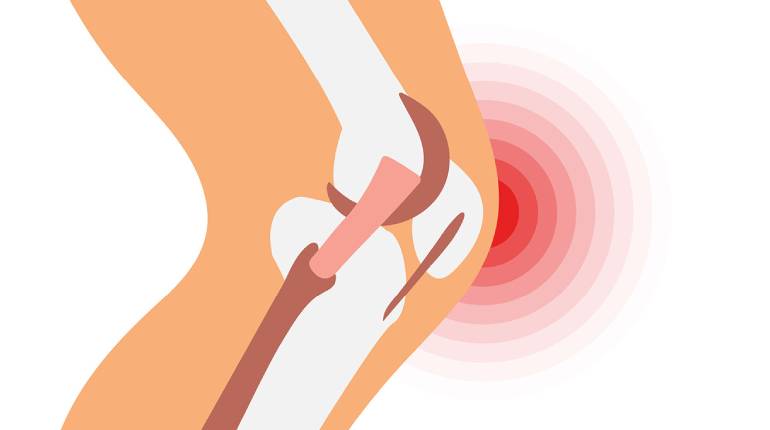Introduction
The meniscus is a cartilage fragment in your knee that stabilises and cushions the joint. It shields the bones from deterioration. A simple knee twist can lead to a torn meniscus. The medial (inner) compartment of the knee receives up to 50% of its force from the medial meniscus. Up to 80% of the load on the knee’s lateral (outside) compartment is dispersed by the lateral meniscus. A fragment of the torn cartilage can occasionally come away and become caught in the knee joint, locking it. A meniscus tear can be painful and incapacitating, similar to many other knee problems. Meniscal tears are among the most common cartilage injuries to the knee. Sports demanding jumping and cutting, such as volleyball and soccer, as well as contact sports like football, involve meniscus tears. These injuries frequently co-occur with knee injuries, such as anterior cruciate ligament (ACL) tears, and can occur when a runner abruptly changes direction.
The following are signs of a meniscus tear:
- Knee pain
- Swelling
- a popping feeling at the time of the injury
- inability to bend and straighten the leg
- a propensity for your knee to “lock-up” or become locked
Initially, you won’t feel the pain. You might even continue to play with the injury. Your knee will likely pain quite a deal once the inflammation begins.
Your physician will conduct a comprehensive examination to identify a meniscus tear. They’ll be interested in knowing more about how your injury occurred. To rule out shattered bones and other issues, X-rays may be required. You could also need an MRI scan, which allows for a more thorough analysis of the cartilage in the knee replacement surgery in Gurgaon.
Types of meniscal tear
There are several meniscal injury types; however, the surgery your surgeon may advise depends mainly on where the rip is located. The anterior horn, body, or posterior horn are all possible places for a tear to exist. The most frequent horn injury is a posterior horn rip. The Inner, middle, and outer thirds make up the meniscus. The third in which the tear is placed will impact its propensity to mend because the region’s blood flow is essential to recovery. The highest healing prospects are for tears on the outer third.
Treatment for the Meniscus Tear
- Arthroscopic Repair
Your doctor will try to repair the menisci using specific stitches if the tear is in the outer third and is still new. The afflicted meniscal tissue may be removed or only partially shaved in severely complicated tears or chronic meniscal tears, which have a low blood supply and poor healing.
- Meniscal Replacement
Recent developments in orthopaedic medicine are significant, including experimental attempts to restore torn meniscus. A few patients have received the innovative technology mentioned here at a few national surgical facilities.
Meniscal transplant: In this technique, a donor meniscus is transplanted into the damaged knee. This operation is regularly performed by a few surgeons only. The results over the long term are currently being assessed.
Conclusion
To know more about Arthroscopic Meniscus Repairing, consult Dr Yugal at Gurgaon Orthopaedic doctor. Book an appointment at +91 8851376606

